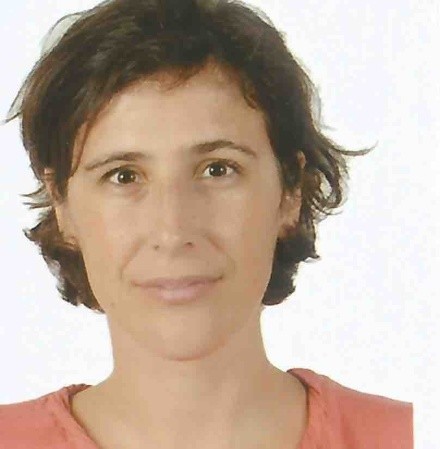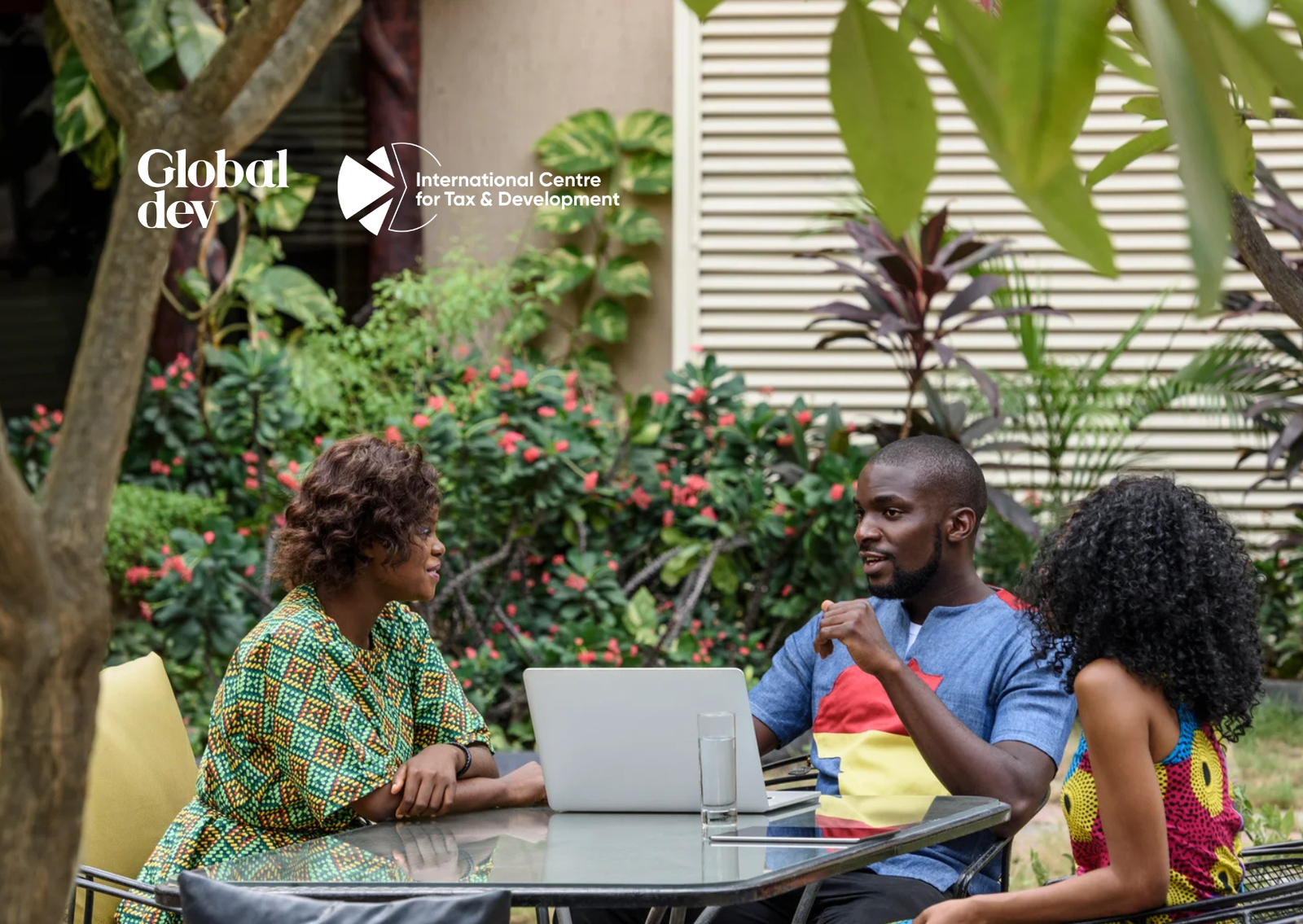Development policies are widely criticized for their inefficiency, geopolitical and economic biases, and inherent risks of interference. In addition, more recently, African intellectuals have called for a reinvention of the very notion of African development by Africans. The authors of this article examine the idea that the African commons open up intellectual and operational perspectives for development actors, enabling them to think differently about their actions on the continent.
The commons: various practices and a concept
The commons encompass a multitude of organizations managed by citizens, residents and other users who produce and protect common resources, both tangible and intangible, in a variety of fields. These include land and natural resource commons, housing cooperatives, water and energy users associations, fablabs, and collaborative platforms.
Theorized by Elinor Ostrom, winner of the 2009 Bank of Sweden Prize in Economic Sciences (the “Nobel Prize” for economics), the commons are the object of a wealth of academic literature. These studies demonstrate that, in some situations, the commons offer effective and robust management methods. They show that sustainable management of common resources is possible outside the frameworks enforced by the state, through regulation, or the market, through exclusive property rights.
Today, the concept is being extended in many academic fields (such as the knowledge commons, the urban commons, the digital commons, the cultural and intellectual commons).
The African commons: multiple dynamics on the continent
The concept is very much alive and kicking in Africa. In fact, it can be used to describe dynamics that are not only ancient, but also entirely contemporary, unfolding across the continent and on a variety of scales. To cite just three examples:
The Ishyo Arts Centre was created by a women’s collective in Rwanda in 2007 to compensate for the lack of cultural venues in the region and open up the doors of culture to the greatest number of people. Initially, it was built around a travelling version, a mobile library, which “took children hostage, just as history has taken the population hostage“. When the project settled down in Kigali, it opened up the space to local artists, offering free residencies and joint management of the space by the founders and artists.
AfricArXiv is an open digital archive providing free access to the results of African scientific research. Based on an open source infrastructure, it enables researchers on the continent to publish the results of their work immediately and free of charge. The aim of the site is to counter the low international visibility of African research, facilitate access to funding, remove language barriers, and overcome the biases and discrimination at work when it comes to integration into international scientific publications and networks.
The Drugs for Neglected Diseases Initiative (DNDi) is a not-for-profit research organization working to improve access to drugs in sub-Saharan Africa. In November 2018, it created Fexinidazole, a new sleeping sickness drug adapted to local storage and administration conditions. The development of Fexinidazole was made possible by a collective production method through a research platform, located in the Democratic Republic of Congo, bringing together public stakeholders, researchers, pharmaceutical laboratories and doctors. This collaboration was based on an approach to property not as an absolute right, but as a “bundle of rights“, i.e. distributed between individuals and society. This approach enabled DNDi to gain access to the molecules essential to the development of this drug, from the Sanofi group.
Inspiration that challenges welfare actors
Without idealizing them, or making them the ultimate solutions to all the challenges facing the African continent, the African commons can be a source of inspiration for development leaders. We see four reasons why this new dynamic of cooperation and sharing is so important. Firstly, the commons make it possible to think of a third way beyond the state and the market, opening up horizons for transforming both public action and the ways in which goods and services are exchanged. Secondly, they allow us to approach property differently, beyond its exclusive character. Thirdly, they are based on a philosophy that affirms a right to exist, a duty to include, and a different relationship to nature beyond the massive exploitation of resources. Fourthly, as processes, they open up a right to experimentation and error, allowing for a certain flexibility in their governance, relative to the context and its evolutions.
Thus, supporting the dynamics of the commons is undoubtedly an interesting area of development for both public and development actors. To do so, we need to identify these stakeholders, support them and bring them together. However, any initiative involving the commons entails risks, such as distorting the initial local project or operating rules by introducing financial biases. There is also the possibility of stiffening the collective dynamic through “off-the-shelf” solutions that simply replicate other experiences. Finally, there is also the risk of shifting responsibilities from the state to the commons, in liberal frameworks aimed at reducing public spending.
To avoid these obstacles, public and development bodies need to examine their own practices, positions and tools. The book L’Afrique en communs explores many ways of “thinking commons” and promoting what can be described as a “commons approach”, to initiate the construction of a society in which public, private, common and citizen stakeholders all find their place. Today’s challenge is for the various stakeholders to take up this approach, reflect on it within their own frameworks, and adapt it to their own businesses and constraints.1
—————————————————————————-
The authors wrote “Postures, représentations et actions des bailleurs de fonds : l’approche par les communs comme inspiration” (Chapter 7: Postures, representations and actions of donors: the commons approach as inspiration) for the book L’Afrique en communs. Tensions, mutations, perspectives coordinated by Stéphanie Leyronas, Benjamin Coriat and Kako Nubukpo and published in 2023 by the Agence française de développement and World Bank co-publication “L’Afrique en développement”.
Development policies are widely criticized for their inefficiency, geopolitical and economic biases, and inherent risks of interference. In addition, more recently, African intellectuals have called for a reinvention of the very notion of African development by Africans.
The authors of this article examine the idea that the African commons open up intellectual and operational perspectives for development actors, enabling them to think differently about their actions on the continent.
The commons: various practices and a concept
The commons encompass a multitude of organizations managed by citizens, residents and other users who produce and protect common resources, both tangible and intangible, in a variety of fields. These include land and natural resource commons, housing cooperatives, water and energy users associations, fablabs (known in France as tiers lieux or third-places), and collaborative platforms.
Theorized by Elinor Ostrom, winner of the 2009 Bank of Sweden Prize in Economic Sciences (the “Nobel Prize” for economics), the commons are the object of a wealth of academic literature. These studies demonstrate that, in some situations, the commons offer effective and robust management methods. They show that sustainable management of common resources is possible outside the frameworks enforced by the state, through regulation, or the market, through exclusive property rights.
Today, the concept is being extended in many academic fields (such as the knowledge commons, the urban commons, the digital commons, the cultural and intellectual commons).
The African commons: multiple dynamics on the continent
The concept is very much alive and kicking in Africa. In fact, it can be used to describe dynamics that are not only ancient, but also entirely contemporary, unfolding across the continent and on a variety of scales. To cite just three examples:
The Ishyo Arts Centre was created by a women’s collective in Rwanda in 2007 to compensate for the lack of cultural venues in the region and open up the doors of culture to the greatest number of people. Initially, it was built around a travelling version, a mobile library, which “took children hostage, just as history has taken the population hostage“. When the project settled down in Kigali, it opened up the space to local artists, offering free residencies and joint management of the space by the founders and artists.
AfricArXiv is an open digital archive providing free access to the results of African scientific research. Based on an open source infrastructure, it enables researchers on the continent to publish the results of their work immediately and free of charge. The aim of the site is to counter the low international visibility of African research, facilitate access to funding, remove language barriers, and overcome the biases and discrimination at work when it comes to integration into international scientific publications and networks.
The Drugs for Neglected Diseases Initiative (DNDi) is a not-for-profit research organization working to improve access to drugs in sub-Saharan Africa. In November 2018, it created Fexinidazole, a new sleeping sickness drug adapted to local storage and administration conditions. The development of Fexinidazole was made possible by a collective production method through a research platform, located in the Democratic Republic of Congo, bringing together public stakeholders, researchers, pharmaceutical laboratories and doctors. This collaboration was based on an approach to property not as an absolute right, but as a “bundle of rights“, i.e. distributed between individuals and society. This approach enabled DNDi to gain access to the molecules essential to the development of this drug, from the Sanofi group.
Inspiration that challenges welfare actors
Without idealizing them, or making them the ultimate solutions to all the challenges facing the African continent, the African commons can be a source of inspiration for development leaders. We see four reasons why this new dynamic of cooperation and sharing is so important. Firstly, the commons make it possible to think of a third way beyond the state and the market, opening up horizons for transforming both public action and the ways in which goods and services are exchanged. Secondly, they allow us to approach property differently, beyond its exclusive character. Thirdly, they are based on a philosophy that affirms a right to exist, a duty to include, and a different relationship to nature beyond the massive exploitation of resources. Fourthly, as processes, they open up a right to experimentation and error, allowing for a certain flexibility in their governance, relative to the context and its evolutions.
Thus, supporting the dynamics of the commons is undoubtedly an interesting area of development for both public and development actors. To do so, we need to identify these stakeholders, support them and bring them together. However, any initiative involving the commons entails risks, such as distorting the initial local project or operating rules by introducing financial biases. There is also the possibility of stiffening the collective dynamic through “off-the-shelf” solutions that simply replicate other experiences. Finally, there is also the risk of shifting responsibilities from the state to the commons, in liberal frameworks aimed at reducing public spending.
To avoid these obstacles, public and development bodies need to examine their own practices, positions and tools. The book L’Afrique en communs explores many ways of “thinking commons” and promoting what can be described as a “commons approach”, to initiate the construction of a society in which public, private, common and citizen stakeholders all find their place. Today’s challenge is for the various stakeholders to take up this approach, reflect on it within their own frameworks, and adapt it to their own businesses and constraints.
The authors wrote “Postures, représentations et actions des bailleurs de fonds : l’approche par les communs comme inspiration” (Chapter 7: Postures, representations and actions of donors: the commons approach as inspiration) for the book L’Afrique en communs. Tensions, mutations, perspectivescoordinated byStéphanie Leyronas, Benjamin Coriat and Kako Nubukpo and published in 2023 by the Agence française de développement and World Bank co-publication “L’Afrique en développement”.







